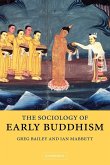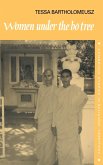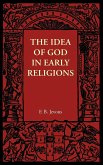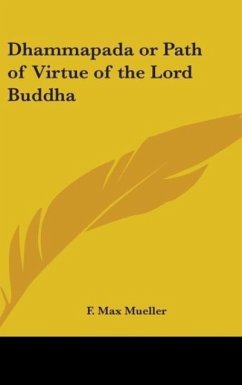An analysis of early Buddhism in social and economic contexts.
Early Buddhism flourished because it was able to take up the challenge represented by buoyant economic conditions and the need for cultural uniformity in the newly emergent states in north-eastern India from the fifth century BCE onwards. This book begins with the apparent inconsistency of Buddhism, a renunciant movement, surviving within a strong urban environment, and draws out the implications of this. In spite of the Buddhist ascetic imperative, the Buddha and other celebrated monks moved easily through various levels of society and fitted into the urban landscape they inhabited. The Sociology of Early Buddhism tells how and why the early monks were able to exploit the social and political conditions of mid-first millennium north-eastern India in such a way as to ensure the growth of Buddhism into a major world religion. Its readership lies both within Buddhist studies and more widely among historians, sociologists and anthropologists of religion.
Table of content:
Acknowledgements; List of abbreviations; Introduction; 1. The problem: asceticism and urban life; Part I. Context: 2. The social elite; 3. Economic conditions; 4. Urbanization, urbanism and the development of large-scale political structures; 5. Brahmins and other competitors; 6. Folk religion and cosmology: meeting of two thought worlds; Part II. Mediation: 7. The holy man; 8. Preparation of the monk for the mediatory role. Evidence from the Sutta Nipata; 9. The Dhammapada and the images of the bhikkhu; 10. The mediating role as shown in the Canon; 11. Exchange; Conclusion; Bibliography; Index.
Hinweis: Dieser Artikel kann nur an eine deutsche Lieferadresse ausgeliefert werden.
Early Buddhism flourished because it was able to take up the challenge represented by buoyant economic conditions and the need for cultural uniformity in the newly emergent states in north-eastern India from the fifth century BCE onwards. This book begins with the apparent inconsistency of Buddhism, a renunciant movement, surviving within a strong urban environment, and draws out the implications of this. In spite of the Buddhist ascetic imperative, the Buddha and other celebrated monks moved easily through various levels of society and fitted into the urban landscape they inhabited. The Sociology of Early Buddhism tells how and why the early monks were able to exploit the social and political conditions of mid-first millennium north-eastern India in such a way as to ensure the growth of Buddhism into a major world religion. Its readership lies both within Buddhist studies and more widely among historians, sociologists and anthropologists of religion.
Table of content:
Acknowledgements; List of abbreviations; Introduction; 1. The problem: asceticism and urban life; Part I. Context: 2. The social elite; 3. Economic conditions; 4. Urbanization, urbanism and the development of large-scale political structures; 5. Brahmins and other competitors; 6. Folk religion and cosmology: meeting of two thought worlds; Part II. Mediation: 7. The holy man; 8. Preparation of the monk for the mediatory role. Evidence from the Sutta Nipata; 9. The Dhammapada and the images of the bhikkhu; 10. The mediating role as shown in the Canon; 11. Exchange; Conclusion; Bibliography; Index.
Hinweis: Dieser Artikel kann nur an eine deutsche Lieferadresse ausgeliefert werden.








